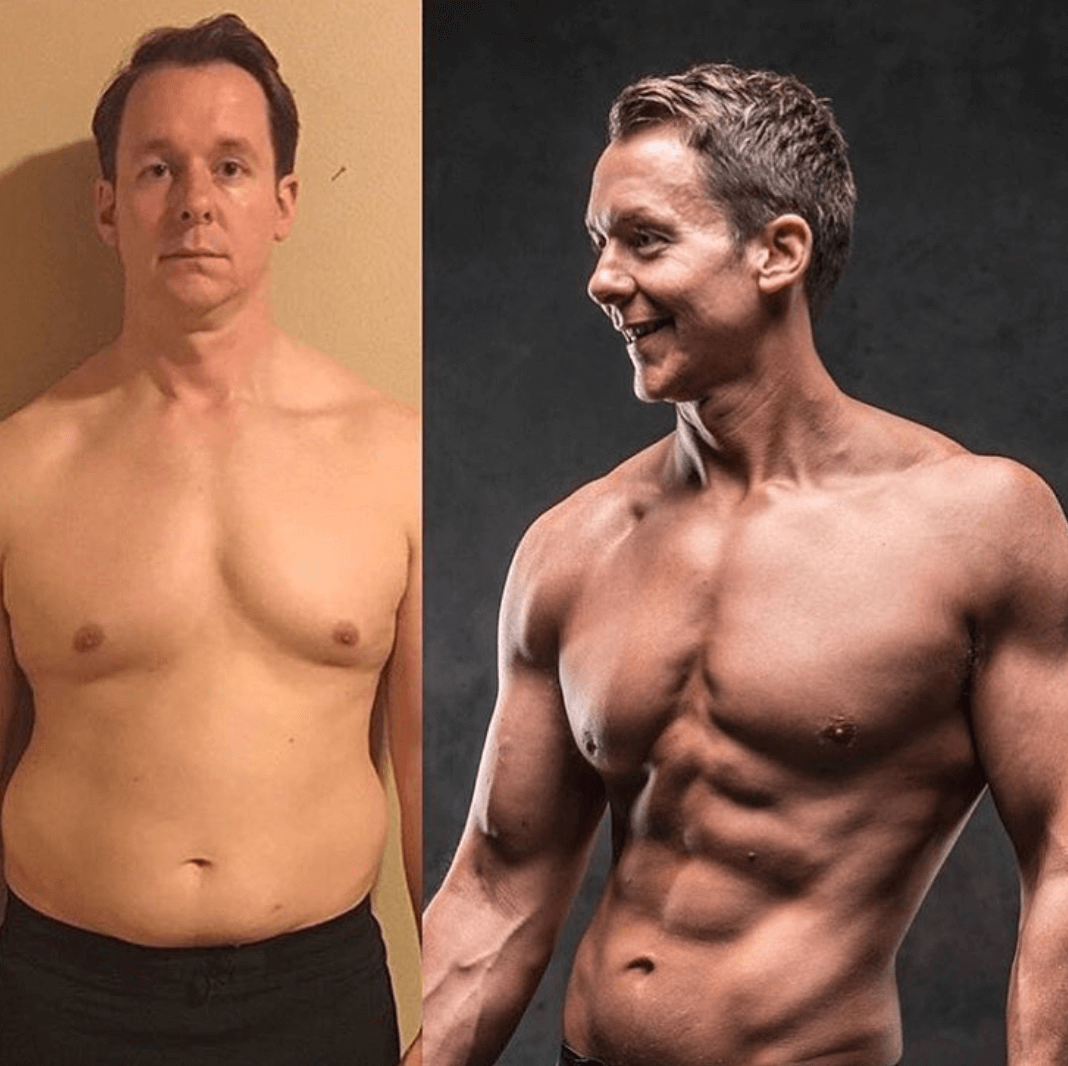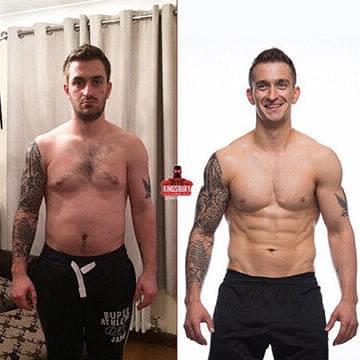There’s been a lot of talk recently about insulin sensitivity. I’ve mentioned it quite a bit in many of my recent posts. It might feel like it’s become the ‘next big thing’, but that’s simply not the case. That said, it is vitally important that you understand it and how you can use it to achieve your goals.
If ‘insulin sensitivity’ is a term you’ve heard about or read online without fully understanding it, let me take you through what it is, how it affects your body and how it can help you to lose body fat and increase muscle. If you’ve been asking yourself “Do I want to be more insulin sensitive?’, then the answer is yes!

From the outset, it’s worth noting that it can be a little complicated understand. I’m not a Doctor and I’m assuming you aren’t either (unless you are, in which case, you probably know it already!) so I’ll try my best to explain it in terms we can all understand.
Let’s start with the biological basics. Insulin is a hormone. Nothing more. Nothing less. When you eat and digest food, your blood sugar naturally rises. Insulin is secreted by the pancreas, which sits just behind your stomach, to regulate the amount of glucose in the blood. That glucose is then either stored in your muscles (as glycogen) or as fat.
If you’re a healthy person, your body’s sensitivity to insulin means it will try to replenish your stocks of glycogen first and only stores it as fat once those levels are ‘full’. If you are ‘insulin resistant’ then your body is much more likely to store the glucose as fat, rather than energy for your muscles. If you’re looking to lose weight, build muscle and recover quicker, then you need to improve your insulin sensitivity to avoid becoming ‘resistant’. So what can you do to avoid this? I’m glad you asked.
Because of your muscle’s reliance on glycogen, the key to becoming more insulin sensitive and making it work for you is through exercise. During and after you exercise, your muscles need fuel. In fact they need it ALL the time, but they really need fuel to help you during your workout and they need it afterwards to help recovery. That fuel comes from glycogen.
By exercising regularly, your body becomes more sensitive to insulin. Your muscles will normally consume between 70% – 90% of the glucose in the blood, which rises still further with regular exercise. This process of high demand will actually continue for up to 24 hours after your workout. Through cardio and anaerobic exercises your body will build lean tissue and therefore increase the need for glycogen still further. Studies show that for every 10% increase in muscle mass, you actually get an 11% reduction in insulin resistance.
Another way to help your own insulin sensitivity is through the food you eat. There are foods that also help increase your sensitivity. Things like green tea, spices (e.g. cinnamon and turmeric), nuts and vinegar, don’t help it directly, but they do improve the body’s ability to store those higher-carb foods you eat as muscle glycogen, rather than fat. When you do eat foods like sweet potatoes, pasta or oats, try and combine them with one of these insulin sensitisers.
Whilst we’re talking about higher-carb foods, one important facet they can give you when you eat them is a large, rapid increase in your blood sugar. The interesting thing is that many high carb foods like raw potatoes, pasta, peas, unripened bananas, oats and maize are also high in something known as ‘resistant starch’.
These foods don’t respond in the normal way to the enzymes in your stomach that occur during digestion, so the blood sugar response is much lower. Foods that are higher in resistant starch lead you to absorb fewer calories whilst also improving your insulin sensitivity. It’s a win-win for you! You can help increase the resistant starch content of your carbs by cooking them, letting them cool for a while, then reheating them. This might sound counter-productive, but it changes the structure of the carbohydrates in the food and helps reduce the blood glucose response they give you.
Food is only one half of what we take in throughout the day. Drinking can also play its part when it comes to insulin sensitivity. Liquid fructose causes insulin resistance, but fructose is actually processed by the liver, so it doesn’t cause insulin secretion in the same way that glucose does.
The problem comes when we drink more fructose than our livers can handle. This happens when we overindulge through so-called ‘energy’ drinks or those sugary-fizzy cans of pop we know and love. Fructose will then lead to metabolic problems, including how the body copes with insulin signalling, so it gets stored as fat. Remember of course that even fruit contains fructose, so avoid too much of that. Instead go for things like berries, grapefruit, avocados, tomatoes and nectarines.
I hope that gives you an insight into insulin sensitivity and how you can use it to achieve your goals. Exercise and nutrition are so important that they simply have to work together to give you the best chance of success and that lies with you.










